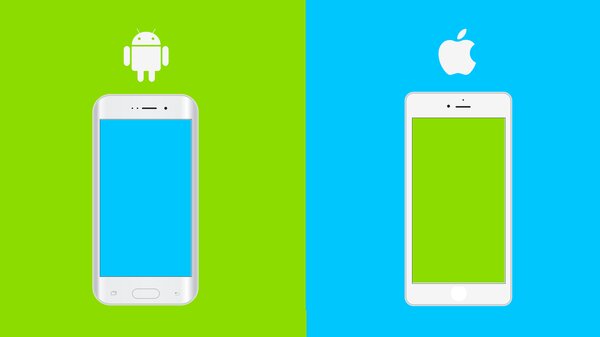Updated: 21/2/2022
Hybrid app development frameworks makes it easier for developers in general to build a mobile application which can function on a number of platforms without any issue. These frameworks allow Application developers to make apps platform independent and run on any environment like iOS, Android, Windows etc. with easiness. This leads to cost-effective development, and improves apps reliability and performance and IOT has enabled hardware interaction. And, the apps developed on these frameworks perform better than other apps.
Hybrid applications are not easy to make, and you need very advanced frameworks to make the same. 2021 has been filled with few new frameworks which are dominating the development world, and is the first preference of application developers.
Native app development is time consuming and mobile phone application development need hybrid frameworks which can work seamlessly across all existing platforms. This allows it to interact with hardware elements smoothly and increases end to end efficiency.
These 5 App Development Frameworks can help you to build mobile apps of superior proficiency in 2022.
- React Native
- Framework 7
- Onsen UI
- Ionic
- Flatter
Let’s have a look at these frameworks:
1. React Native
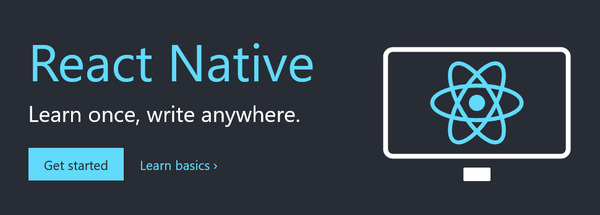
This is an open source platform app which has been developed and maintained by Facebook team. This is used by many known apps today like Instagram, Facebook etc. Integration of native features to the hybrid framework of the app is easy. It is based on JavaScript, and primarily gives special attention to the look of the app.
Some of the Key features include:
- There are lots of plugins with a great response time.
- The app is extremely fast and is an open source platform based therefore native features can be easily integrated.
- It uses very less memory and is light and Node.Js is completely being used by this.
2. Framework 7

In this, a lot of UI elements and widgets have been used and there is no dependence on external environments. This has made the web development process responsive, and it does not depend on Angular. Using the basic HTML, CSS and JavaScript you can make hybrid applications using Framework 7.
Some of the key features include:
- It is very easy to integrate by just knowing the basic markup languages like CSS, HTML, or JavaScript.
- This is also an open source platform based framework and totally free from any license fee.
- It uses animations and apps working on these have shown they are powerful in performance.
3. Onsen UI
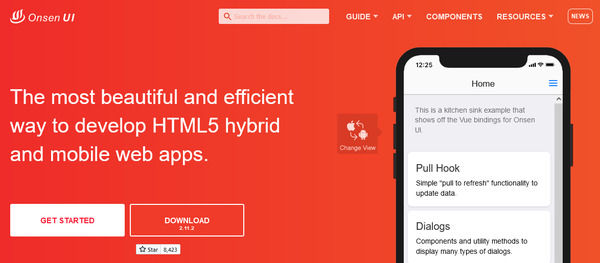
This is more versatile than all the other frameworks, it is an open source flexible powerful CLI platform. The full independence of this app is now giving tough competition to other apps at present. It is free and is highly versatile. It has many ready to use components and it has semantic markup components for application developers to get the most possible benefits.
Some of the key features include:
- They are designed for a wide range of cross-platform.
- They are simple to use and powerful command line tools are used.
- In this documentation is good, and performance is well optimized.
4. Ionic
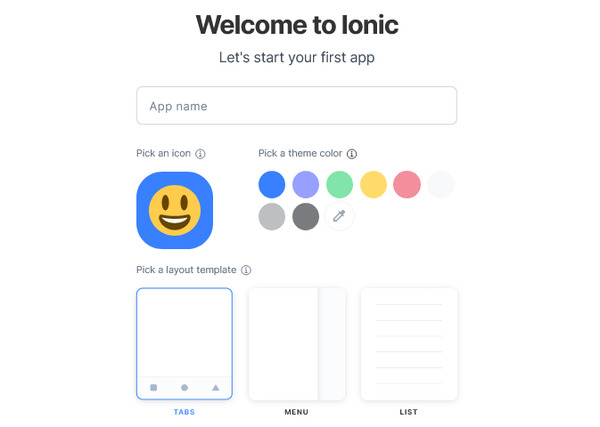
The Ionic is an open source, and it has all functions including all features required for native app development. This is the most popular framework in the industry and is HTML5 based mobile app development framework designed for those styles which have native UI elements. This is being used to build mobile applications which are hybrid in nature across all platforms. For a better cross platform mobile app development, this is the most useful framework. It has all the advanced features like interactive paradigms, and base themes which are extensible which make the development work easier.
Some of the key features include:
- It has support for material designs based on Angular platforms.
- It is easy to read, scalable, and it has good support for Angular Material design.
- In this advanced technology like AngularJS can be used by wrapping angular framework.
5. Flutter
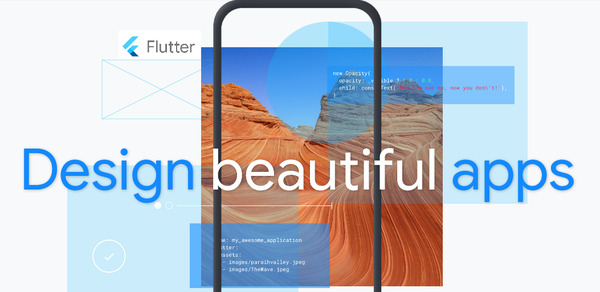
Flutter is a popular open source framework by Google. It is a reliable cross platform ideal for building apps as over half a million developers use it and easy to customize as all the elements here are as widgets.
With one codebase, developing any app (android, iOS or web app) is easier than even. Apart from it, it has great tools like hot reload which saves time and developers can make changes and see them in real time.
With the use of one codebase, updating apps is pretty fast. One can easily release updates for both android and iOS apps with ease and even maintenance is quite easy.
What to Pick?
Whenever a developer selects a mobile app framework, he must pay special attention to – “what he is expecting from the application”. Different application has different requirements. In order to choose the hybrid framework, you must study your product requirements, and the tools you need to build it, and where exactly is your market.
It is Android or iOS or both or others as well. The Reactive Native framework is trending these days, as it is easy to use and development is easy compared to others. The maintenance is really smooth for all level projects. Choosing your hybrid app development framework, should be something which is cross-platform based, and developers should be able to use it effectively.
Conclusion
Hybrid app development frameworks is the future of application development. They have short development cycles, with high end performance. The users mostly look for apps which are platform independent and has a great user experience. With these recent technological advancements, the app development has become faster, and are also using high end technologies like JavaScript, HTML5, and AngularJS etc.
Hybrid app frameworks have been derived to bridge the space between the modest way of developing a web based app and a native application. With these, the applications nowadays are light, robust, flexible, open source based, and cross-platform apps, with all the high end features one would like to find in a mobile application, providing high end user experience, and a smart user interface which has increased the craze for these kinds of developments among the developers in general.

